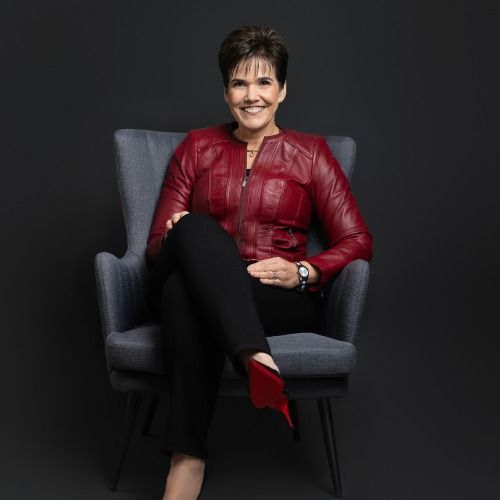Key Man Risk: Your Business's Silent Killer
You might have revenue. You might have buyers. But if your business depends on you—or one key employee—to function, it’s not sellable.
In this episode of Freedom to Exit, Lani Dickinson reveals the hidden risk that quietly kills more business deals than most owners realize: key man risk.
Buyers don’t just want profit—they want stability. And if they think your company would collapse without a single person? They’ll walk… or slash your offer.
What You’ll Learn:
- What key man risk is—and why it kills deals
- How to reduce dependency on yourself or one key employee
- The role of key person insurance and how to structure it
- How retention bonuses can keep top talent after a sale
- Steps you can take now to create long-term team and revenue stability
You can’t remove yourself from your business—or sell it—until it runs without you.
This episode gives you the roadmap to make that happen.
---
Enjoyed this episode?
Subscribe to Freedom to Exit for more insights on building a scalable, sellable business that buyers compete for.
Free Resources to Go Further:
📌 7 Ways AI Can Boost Your Sales and Save You Time – Download this free guide: https://ai.activatetoascend.com/get-7ways-ai
📌 3 Ways Your Business Can Use AI TODAY to Stop Leaking Money – Save your seat for the free live webinar: https://webinar.activatetoascend.com/webinar-register-general
📌 Changes Assessment – Discover where your business is leaking time, money, and momentum: https://stealthfreedomtoexit.com/changes
Connect with Lani Dickinson:
📌 Instagram: https://www.instagram.com/stealthfreedomtoexit
📌 Facebook: https://www.facebook.com/laniadickinson
Need expert guidance on your exit?
Visit https://stealthfreedomtoexit.com
If you got value from this episode, leave a review—it helps more business owners find the show!
Transcript
>> Lani Dickinson: Hey, Exit Focus founders. Welcome back to the Freedom to Exit
Speaker:podcast where we talk about how to build a business that runs
Speaker:without you, scales predictably and
Speaker:potentially sells for top dollar when you're ready.
Speaker:Today's episode is about one of the biggest threats to selling
Speaker:your business, key man risk. If
Speaker:your business can't survive without you or one or two key
Speaker:employees, it is not a sellable asset.
Speaker:Buyers see this as a major liability and will either walk
Speaker:away or slash their offer. Many owners don't
Speaker:even realize they have this risk until they try to
Speaker:sell. So your goal to remove key man
Speaker:risk and make your business resilient, valuable and attractive
Speaker:to buyers. We're going to break down what key man risk
Speaker:really is and why it kills business sales
Speaker:and how to mitigate this risk. Through key person
Speaker:insurance and a structured retention bonus plan,
Speaker:we'll talk about the exact steps to ensure your business can operate
Speaker:smoothly post sale. The truth is, if your business
Speaker:is too dependent on you or a few key employees,
Speaker:it's a major concern because it's believed that
Speaker:what's the business going to lose if you disappear?
Speaker:The truth is people think that's around 50%
Speaker:of business could be lost without that key man. So
Speaker:here's what you do. If you're handling
Speaker:most major client relationships, you've got to get your
Speaker:face out of the business. If you want to exit for more
Speaker:your leadership team, if they're not strong enough to run it
Speaker:without you, you've got to fix that. If you have one or
Speaker:two key employees who have all the knowledge right here in their
Speaker:noggin, you've got a problem. If you don't have
Speaker:any succession plan or clear pan what to do without
Speaker:these people, that's not going to help you exit
Speaker:your business either for time or location freedom now or
Speaker:to sell it later. In fact, buyers are going
Speaker:to either create a significant earn out path
Speaker:or slash their price they're willing to pay.
Speaker:If you're in an earn out, that means you work in the business and you
Speaker:no longer have control or call a shot. So that's not a good
Speaker:option. One of the most effective ways to remove
Speaker:key man risk is through key person insurance. So
Speaker:what is it? This is a life and disability
Speaker:policy taken out on the owner or the critical team
Speaker:members. The business owns the policy and is
Speaker:the beneficiary. If the insured person dies
Speaker:or becomes disabled, the company receives a
Speaker:payout to cover those losses. It helps
Speaker:to cover that potential lost revenue while finding a
Speaker:replacement IT buyers. The confidence
Speaker:that the Business has a contingency plan for the
Speaker:income and they can use that money to fund
Speaker:retention bonuses or do executive search efforts
Speaker:to take care of the issue if that came up. Some
Speaker:of the problems, not getting the insured person's
Speaker:consent, not updating the policy. When leadership
Speaker:changes, missing payments and then the policy
Speaker:lapses, or noturing for
Speaker:enough, we need to cover about five to seven
Speaker:times the insured person's
Speaker:contribution. Make sure that we have enough to
Speaker:cover transition costs and any kind of
Speaker:business situation that may exist. If a key man
Speaker:was to disappear, this will make your
Speaker:business potentially more sellable. Now, even with
Speaker:insurance, you have to make sure that key employees
Speaker:will stay after the sale, which is sometimes hard cause we
Speaker:don't always tell them that we're about to sell. So what I
Speaker:like to do Is do a 33%
Speaker:bonus each year. So if there's
Speaker:a $150,000 bonus, say to stay for three
Speaker:years, they would get 33% of it each year.
Speaker:If they leave early, they would forfeit future
Speaker:payments. So in year one they would earn
Speaker:$150,000 bonus and have 50,000 paid
Speaker:out. Year two, 50,000 paid out. Year three, 50,000 paid
Speaker:out. This would be in addition to any current
Speaker:year bonuses that they would earn and that should be kept in
Speaker:place. Why this works is it prevents people
Speaker:from leaving immediately after the sale.
Speaker:It ensures leadership stability for the new owner and it gives
Speaker:key employees a long term incentive to stay and
Speaker:perform. A structured retention bonus
Speaker:can keep your top talent and make that transition
Speaker:smoother and make your business more valuable to
Speaker:buyers. Other ways that you can reduce risk
Speaker:in your business transaction we talk about in all the other
Speaker:episodes. Systemize your operations. Make sure
Speaker:not one person is responsible for the knowledge.
Speaker:Develop a pipeline, have a second in command,
Speaker:train multiple employees to do duties
Speaker:and client relationships and make sure that all
Speaker:of this is well in place one to three years before you
Speaker:try to sell. Buyers are looking for
Speaker:stability, so you need to build that in before you go to
Speaker:market. You wanna know if your business is too dependent on
Speaker:you. Take the changes assessment and evaluate what
Speaker:changes you need to make now to make sure you are positioned
Speaker:for either operational freedom now and the freedom
Speaker:to exit later. The link is in the show notes
Speaker:below. Subscribe and leave a review if you found this
Speaker:valuable and let's get you free from your business.


